Over the years, the rising tide of early 911 prices has carried the fortunes of the less-favored 912 ever higher. Fear not, gentle reader, for here we have evidence that solid 912s are still out there, waiting to be found. The bid for this example, located in Burnsville, Minnesota, and listed here on eBay, currently rests at $12,100. Only three days remain before the close of the auction and the reserve has yet to be met.
As the 356 came to an end and Porsche faced an uncertain future with the new six-cylinder 911, it was decided to field a lower-priced model powered by a flat four. Equipped with the same body and chassis as the 911, but boasting an evolution of the engine that powered the 356SC, the 912 proved a very popular offering. Manufactured from 1965 to 1969, with a brief revival in the US in 1976, Porsche made well over 30,000 examples before differentiation in the 911 line, American regulations, and the introduction of the Volkswagen collaborations brought production to a close. Like their siblings, early 912s can be identified by their instrument cluster; the three-gauge dash was only used on cars in 1965 and 1966.
Though I am a strong proponent of keeping an ivory Porsche ivory, the car wears its red paint well, with little evidence of overspray or flaking. Sadly, there is some rust present, particularly in the front fenders just behind the wheels, although nothing so severe as to dissuade the serious aficionado. Patch panels, and even entire fender replacements, are available, should they prove necessary. Of greater concern is the mechanical situation: this is one of very few cars where you can see the engine and transmission at the same time, and the best that can be said is that there are very few places for surprises to hide. The current owner states that the previous owner disassembled the engine over seven years ago. When an engine has been disassembled for so long, parts have a tendency to go wandering. While replacements shouldn’t be too hard to source, it’s a headache that the buyer should plan for. The interior looks pretty good, except for the back seat, and be honest– no one was going to ride back there anyway.
In the end, a lot depends on the price. This could be a very nice way to get into an increasingly desirable classic Porsche, or the high bidder may find himself with a project that he can’t get out from under without taking a financial hit. For anyone with a passion for the brand, though, money may be a secondary concern: it’s hard to put a price tag on rolling up to a stop behind the wheel of a car whose silhouette is instantly recognizable the world over.






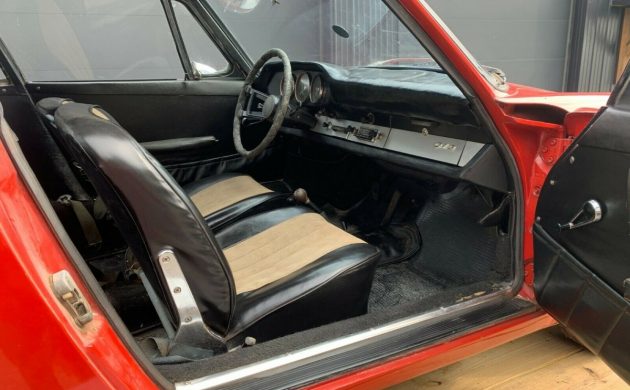
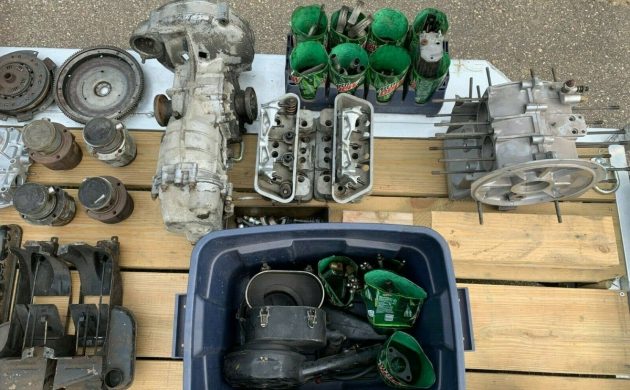
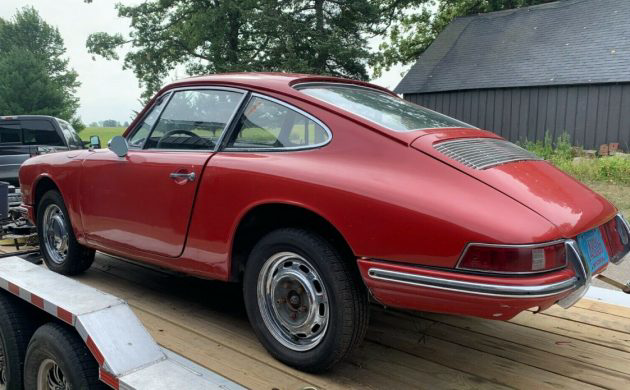
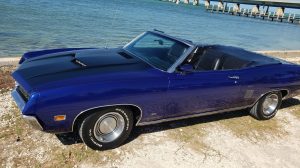


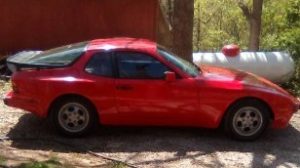


Looks to me like clean, meticulous work taking the engine apart. Been through a lot of these engines and all the parts and fasteners appear to be in place in separate containers etc. Media blast all the surface rust and undercoating off the underside and you just might find a car worth rebuilding.
A close up of the driver’s side door and fenders on ebay show a lot of wavy reflections, I’d guess a lot of bondo underneath.